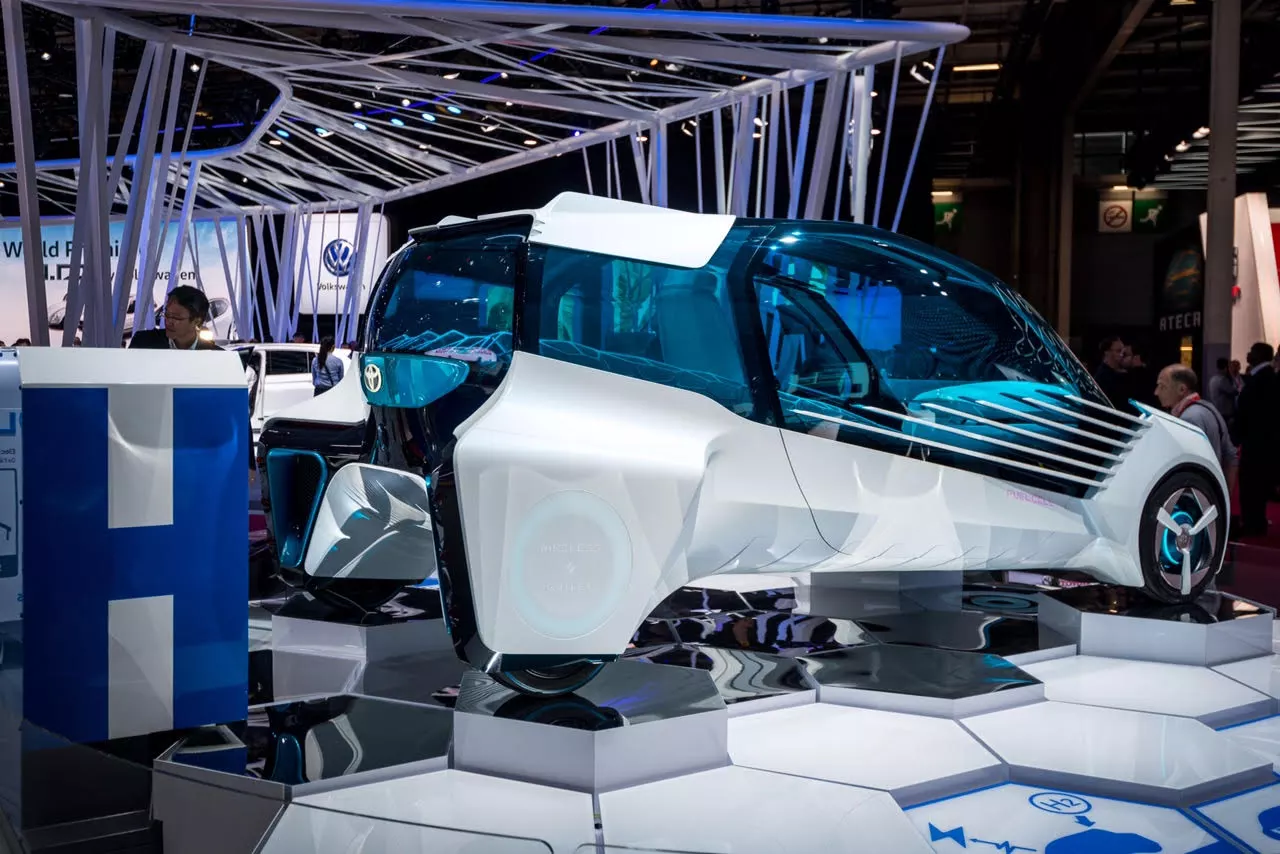Last year, having developed its Fuel Cell Vehicle (FCV) from concept to fully fledged production as the Mirai, Toyota subsequently unveiled the FCV Plus. In addition to being hydrogen-powered, the FCV Plus was designed to be a power source itself. Today, more details have been released.
The concept is based on the premise that, although the car itself may run on clean fuel, other energy consumers may not. As such, the car is designed to double as a clean energy source and to operate as part of the "electric power-generating infrastructure," helping to protect the environment and provide a measure of energy security in the process.
In this way, Toyota says the FCV Plus becomes more than just a car, similar to how the addition of cameras, internet capabilities and other features have made smartphones more than just phones. It effectively becomes a mobile power source, able to be used as a "stable source of electric power" for the home, to feed back into the grid or to charge other cars.
In addition to generating electricity from the hydrogen in its own tank located behind the the rears seats, though, the car can use hydrogen from an external source. This means, say, that an auxiliary tank could be hooked up to the car specifically with the intention of generating electricity for a purpose other than driving, and without the danger of running the fuel tank dry.

It's also possible to remove the fuel cell stack, which is positioned between the front wheels, and use it independently of the car as a portable generator. Other electric vehicles, meanwhile, can be charged using wireless charging panels on the rear wheels and under the front floor. The car's energy status at any given time can be displayed with words and/or symbols on its windscreen and rear window.
Along with other components, including the drivetrain, the fuel cell stack of the FCV Plus has been miniaturized. This has reduced the size of the vehicle to 3,800 x 1,750 x 1,540 mm (150 x 69 x 61 in) along with its overall weight, while still allowing it to be spacious inside. Toyota characterizes it as being the length of a compact car with the cabin of a large saloon, and says this makes it ideal for city use.
The fuel efficiency of the vehicle is improved as a result of the lower weight afforded by its smaller parts and aerodynamic design. It is also said to be well balanced as a result of its major components being split between both the front and rear ends. Elsewhere, all four wheels of the FCV Plus boasts in-wheel motors, and it has near-panoramic visibility.

Toyota tells New Atlas that there are no plans to develop the FCV Plus into a Mirai Plus at present, and that it believes the technology for this sort of a vehicle needs another dozen or more years worth of development. It is expecting to produce 30,000 fuel cell cars in the next few years, though.
The FCV Plus is debuting in Europe at the Paris Motor Show.
Check out Toyota's concept video below:
Source: Toyota










